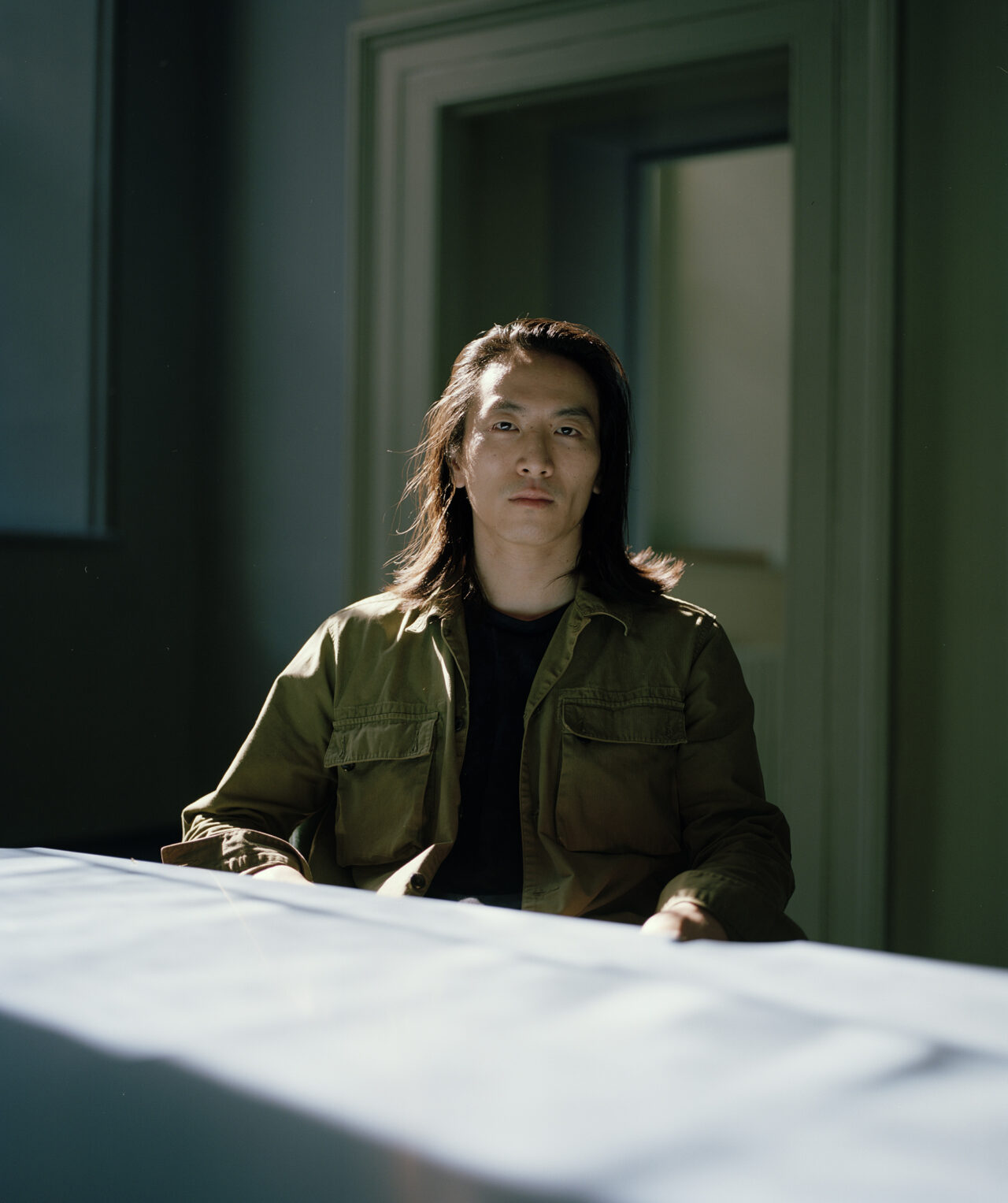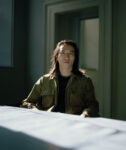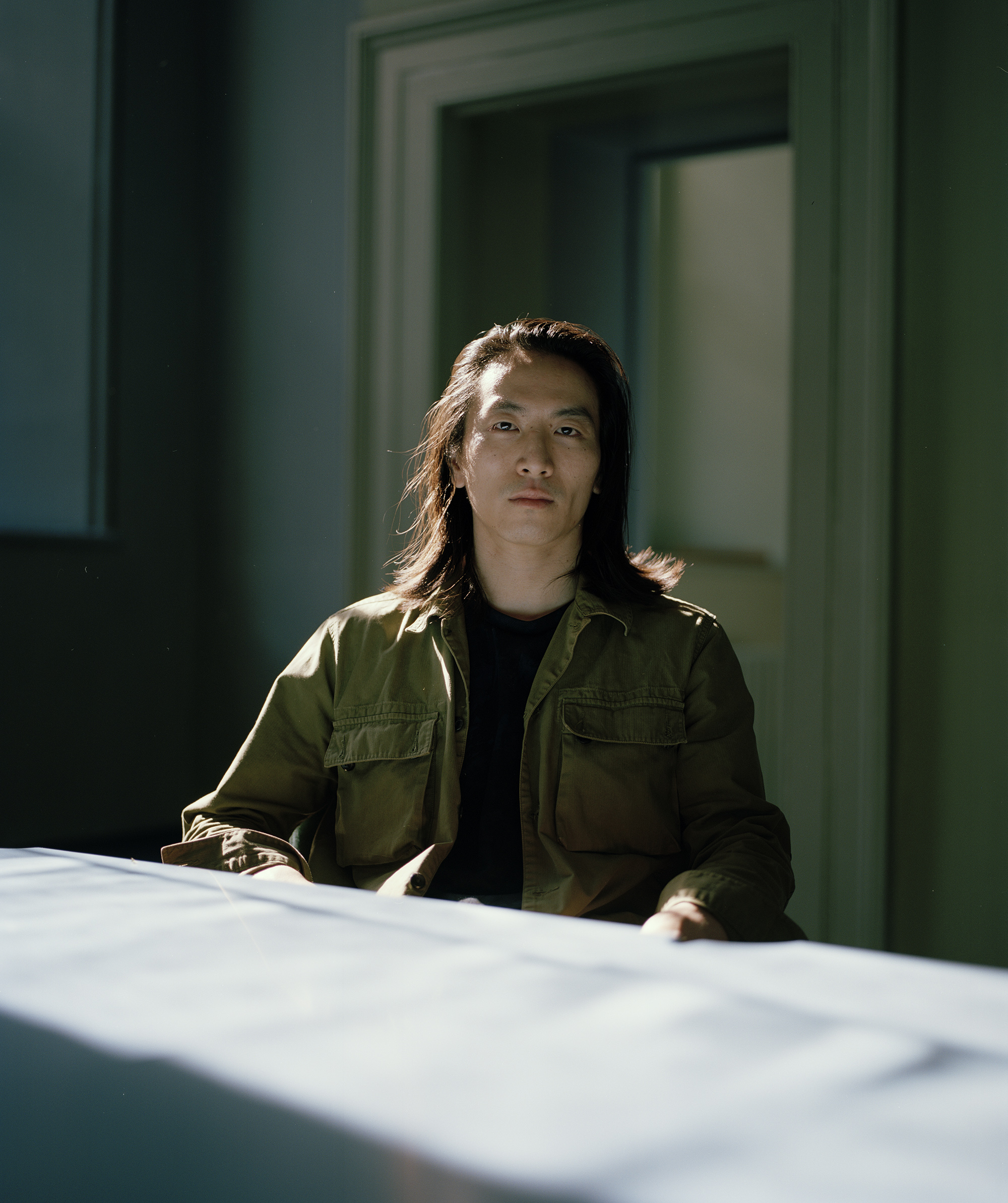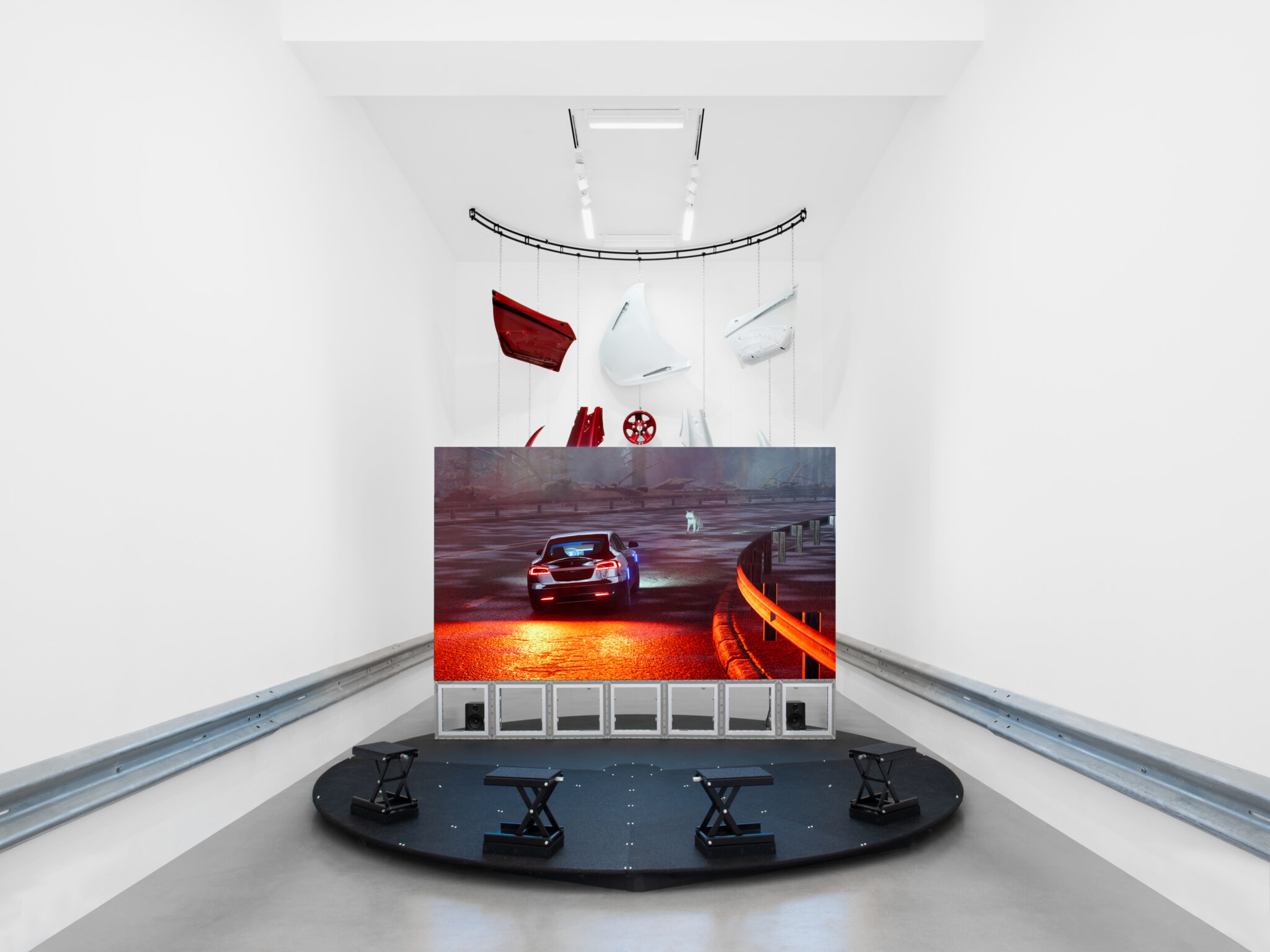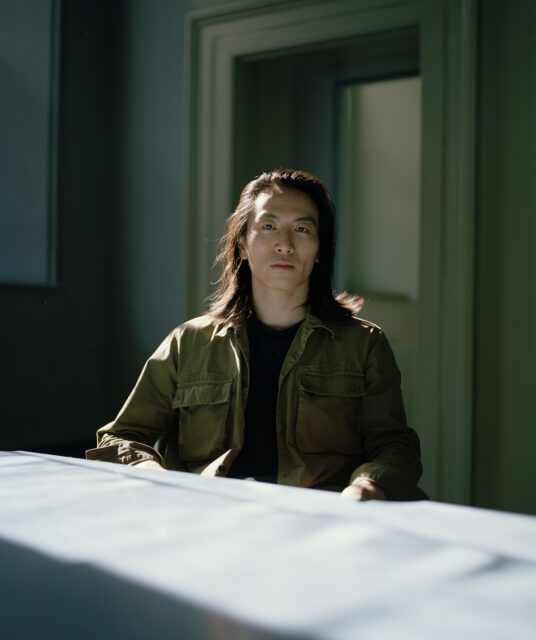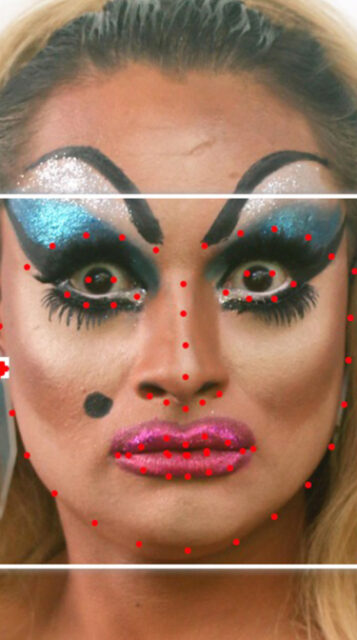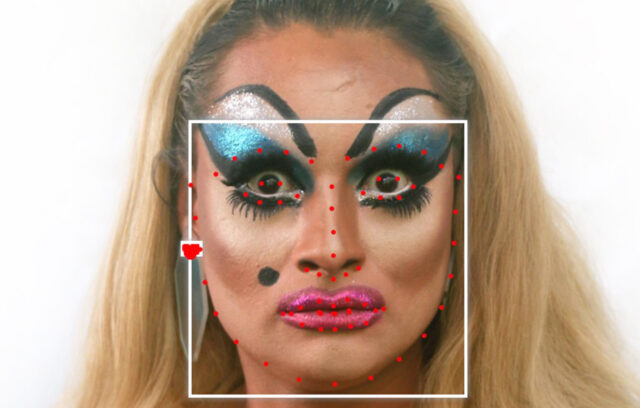You were the Grand Prix Recipient of the 4th VH Award. Can you tell me about the work that garnered you the award?
Black Cloud (2021) is part of my Sinofuturist series, an ongoing project that grew in response to these lacks and gaps that I saw in the discourse around Asian technological futures. Black Cloud is set in SimBeijing, an imagined smart city built for testing self-driving cars. It frames the smart city as something that is actually quite mundane, and everyday instead of futuristic, and lived-in and worn as opposed to new. The video follows a city surveillance AI, who is in therapy with a built-in self-help AI called Guanyin, letting the viewer in on its inner monologue. I was looking at histories of chatbot conversations and thinking about how dialogue has always been at the heart of AI, from the Turing Test to ELIZA to ChatGPT. Black Cloud is concerned with new perspectives or subjectivities that are brought up by artificial intelligence and emergent forms of nonhuman understanding, and the awakening of a consciousness that comes at the price of death and destruction. It is also looking at ideas of working yourself out of a job or automating yourself into unemployment
What was your focus during your time at Eyebeam? Was there a culminating project?
The residency was a great experience that involved five artists in total from throughout Asia. It was tied to the development of a new media or video work, which was then put up for the VH Award. I came in with an idea about a self-aware smart city that has existential dilemmas, and that took shape over the course of the residency, through script writing, 3D modeling, and so forth. The result was Black Cloud.
How has dialogue or collaboration with Eyebeam artists and alumni factored into your work?
All the residents met up every week or two while developing our work, and so having this regular informal presentation session really felt like the best bits of being at school. At the same time, we’d be talking about ideas with the invited guest artists. I think it was actually [Eyebeam alumnus] Zach Lieberman who suggested I have a look again at ELIZA when I was talking about the project that would later become Black Cloud.
How do you think about the role of the artist in society?
It’s so different for every artist; their embodied answers take such varied forms, from the hands-on activist to the storyteller to the entertainer, and we need all of that. I think that my role is to offer a different perspective of how things could be, from the point of view of fictional characters that I craft who are plausible in the world we live in. I guess the role of the artist in the broader sense, might be to make impractical visions tangible in some form, which isn’t the same thing as making them true.
